PEDREIRA DO
GIL PERFEITO
[Santa Maria – Açores]
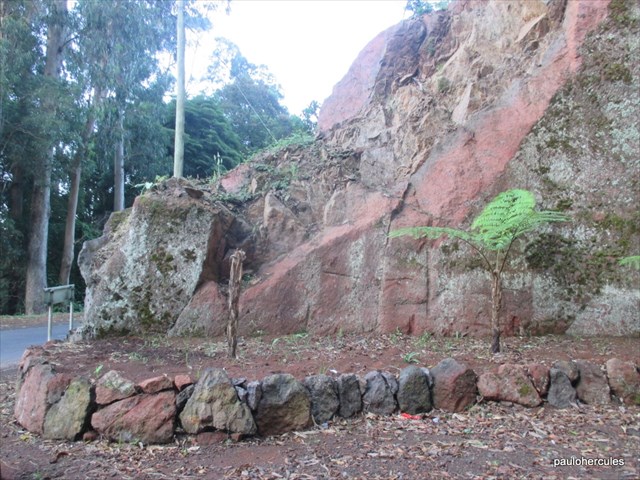
EARTHCACHE
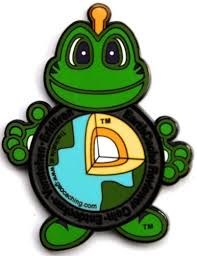
PORTUGUÊS

A ILHA de SANTA MARIA
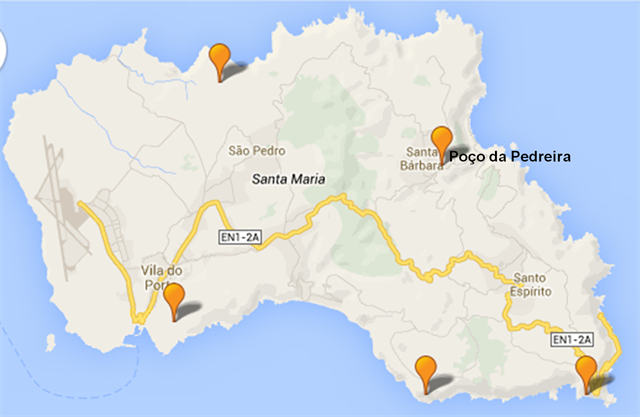
Santa Maria é ilha mais ”velha” dos Açores, remontando as lavas mais antigas a uma idade superior a 10 milhões de anos.
Ao contrário do que é voz corrente nas ilhas, Santa Maria é de natureza vulcânica.Contudo, a sua idade elevada, comparativamente às restantes ilhas do arquipélago, determina que as formas vulcânicas originais estejam já muito degradadas e sejam de difícil reconhecimento. Em virtude do forte levantamento sofrido pela ilha desde finais do Pliocénico, Santa Maria é a única ilha dos Açores onde se encontram expostas importantes sequências rochosas vulcânicas e sedimentares (fossilíferas) de génese submarina. Estas permitem reconstituir uma história complexa de variações relativas do nível do mar que abrange os últimos 10-8 milhões de anos (Ma) da história do Atlântico NE.
A ilha emergiu no Miocénico (há aproximadamente 10-8 Ma), sendo a mais antiga do arquipélago. A atividade vulcânica estendeu-se até ao Pliocénico (há aproximadamente 2 Ma), com fases alternadamente subaéreas e submarinas, efusivas e explosivas. As sequências sedimentares, intercaladas nas séries vulcânicas, ou sobrepostas àquelas, datam do Miocénico final (≈5,5 Ma) até ao Quaternário (menos de 130.000 anos?).
Do ponto de vista vulcanológico, ressalta, em Santa Maria, a ocorrência de abundantes afloramentos de piroclastos e de derrames basálticos submarinos (lavas em almofada), particularmente ao longo do litoral (com exceção da costa oeste), desde o Figueiral até à Cré. Este tipo de materiais não se encontra exposto em nenhuma outra ilha açoriana, por se encontrarem cobertos por lavas subaéreas mais recentes ou abaixo do nível do mar atual.
AS PEDREIRAS EM SANTA MARIA
A PEDREIRA DE GIL PERFEITO
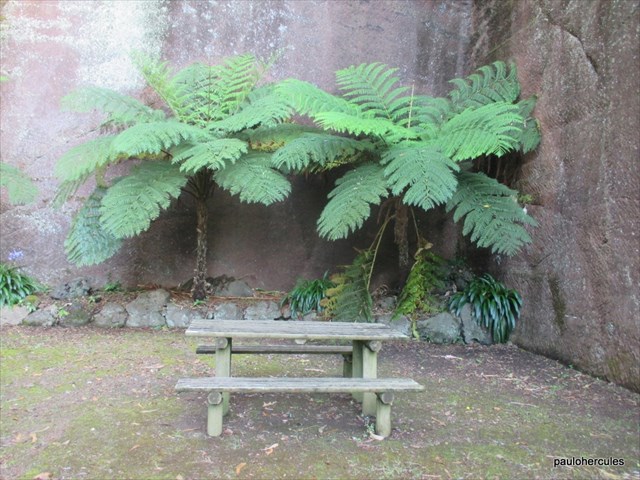
A Pedreira do Gil Perfeito, bem como o Poço da Pedreira (esta situada no Pico Vermelho), são duas antigas pedreiras, onde foram exploradas escórias basálticas muito antigas e alteradas. Esta é a Pedreira menos conhecida desta ilha. Dada a sua idade e alteração, os piroclastos estão consolidados e de cor vermelha, o que explica as encostas íngremes das “faces” da pedreira. Nestes dois locais da Ilha de Santa Maria é possível observar, em afloramento, rochas sedimentares fossilíferas.
Existiram nesta ilha, ainda outras “pedreiras”, como, por exemplo a Pedreira do Campo correspondente a uma antiga frente de exploração, com cerca de 260 m de extensão, talhada em escoadas lávicas submarinas (lavas em almofada ou pillow lavas) de composição basáltica, de onde se extraíram inertes para produção de britas.
Estas formações sedimentares são constituídas por biocalcarenitos conglomeráticos fossilíferos, com conteúdo fóssil abundante e diversificado. No seu conjunto, estas unidades terão uma idade aproximada de 5 Ma (milhões de anos), datando do topo do Miocénico à base do Pliocénico.
Por outro lado, o Poço da Pedreira é uma antiga zona de extração de inertes, mais precisamente da designada “pedra de cantaria de Santa Maria”, talhada num cone vulcânico antigo (o Pico Vermelho), constituído por piroclastos basálticos (e.g. escórias) de coloração avermelhada, muito alterados e consolidados.

PARA REALIZAR E REGISTAR ESTA EARTHCACHE:
PERGUNTAS:
Para “encontrar/registar” esta cache deverá: provar que esteve no local e responder às seguintes questões, enviando um email/mensagem de Geocaching, com as respostas, em português ou em inglês, para o nosso perfil.
Só depois, de enviar as respostas, e conforme as “guidelines” para as Earthcaches, deverá efetuar o seu registo!
Serão removidos todos os registos que não obedeçam a estes requisitos.
1. Estudando o tema geológico proposto nesta earthcache, responde às seguintes questões:
a) A ilha de Santa Maria é de origem sedimentar ou vulcânica?
b) Apresenta uma estimativa para a idade geológica desta ilha.
1. A partir da descrição desta “cache”, responde às seguintes questões:
a) Indica, pelo menos três, pedreiras que existiram nesta ilha.
b) Classifica o “tipo” de rocha existente nesta Pedreira.
c) Como é chamada (conhecida) a pedra da ilha de Santa Maria?
2. A partir das suas observações efetuadas no local, responda às seguintes questões:
a) Qual a cor da pedra existente na Pedreira do Gil Perfeito?
b) Qual é a granulometria da rocha existente nas três “paredes” verticais, existente no local desta antiga pedreira?
c) À direita neste local existe uma placa identificativa de azulejos. Qual é a data que se encontra gravada?
d) Observando, a partir da estrada, esta Pedreira, parece que foi retirado um “bloco” de rocha, com a forma aproximada de um paralelepípedo. Estima o seu volume (em m3).
TAREFA OBRIGATÓRIA:Deverá tirar uma foto sua, onde você apareça (ou com um papel/placa onde conste o seu nickname e a data da visita) e que comprove a sua presença no GZ desta EC - NÃO METASPOILERS. Esta foto deverá ser colocada no seu registo ou enviada por email ou sistema de mensagens de Geocaching, para o owner!
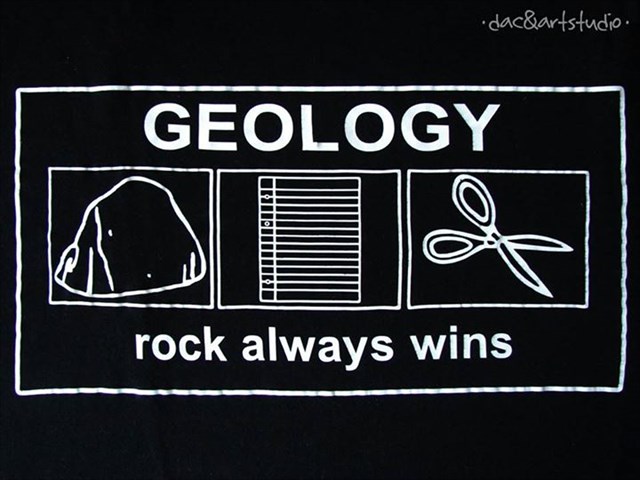
Não responderemos ao seu contato, a não ser que haja algum “problema” com as suas respostas ou registo.

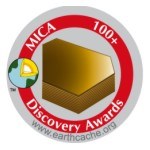
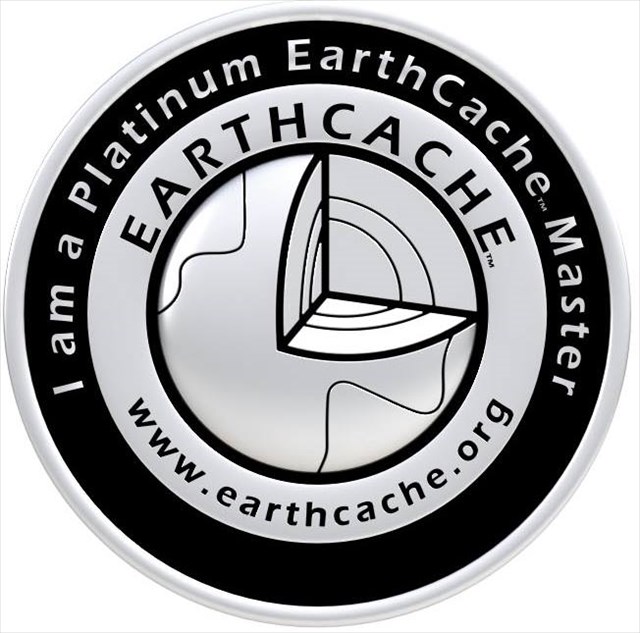

THE QUARRY OF
GIL PERFEITO
[Santa Maria – Azores]

ENGLISH

EARTHCACHE

SANTA MARIA ISLAND

Santa Maria island is more "old" the Azores, dating older lavas at a higher age of 10 million years.
Contrary to what is commonly said in the islands, Santa Maria is volcanic in nature.However, his advanced age, compared to other islands of the archipelago, determines that the original volcanic forms are already very degraded and are difficult to identify. Due to the strong survey suffered by the island since the late Pliocene, Santa Maria is the only island of the Azores where important lie exposed volcanic and sedimentary rock sequences (fossiliferous) underwater genesis. These allow to reconstruct a complex history of variations on sea level that covers the last 10 to 8 million years (Ma) in the history of the NE Atlantic.
The island emerged in the Miocene (there are about 10-8 Ma), is the oldest of the archipelago. Volcanic activity lasted until the Pliocene (there are about 2 Ma), with phases alternately subaerial and underwater, effusive and explosive. The sedimentary sequences, interspersed in the volcanic series, or overlapping those, dating from the late Miocene (≈5,5 Ma) to the Quaternary (less than 130,000 years?).
The volcanological point of view, points out in Santa Maria, the occurrence of abundant outcrops of pyroclastic rocks and basaltic submarine (pillow lava), particularly along the coast (except for the west coast) from the Figueiral to Chalk. This type of material is not exposed in any other Azorean island because they are covered by lava subaerial latest or below the current sea level.
THE QUARRY’s IN SANTA MARIA
“GIL PERFEITO” QUARRY
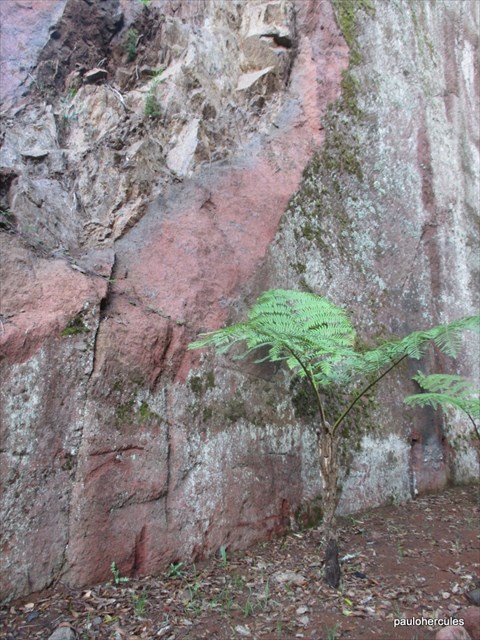
The Quarry “Gil Perfeito”, and the “Poço da Pedreira” (is situated in the “Pico Vermelho”), are two ancient quarries where very old and altered basaltic slag were explored. Given its age and change, the tephra are consolidated and colored red, which explains the steep slopes of the "faces" of the quarry. These two sites of the Island of Santa Maria can be seen in outcrop, fossiliferous sedimentary rocks.
They existed on this island, although other "quarries", such as the Field corresponding to an old quarry front of exploration, with about 260 meters long, carved in submarine lava flows (pillow lava or pillow lavas) of basaltic composition , where inert extracted to produce crushed stone.
These sedimentary formations consist of conglomeratic biocalcarenites fossils, with abundant and varied fossil content. Taken together, these units have an approximate age of 5 Ma (million years ago), dating from the top of the Miocene to Pliocene base.
On the other hand, the well is an ancient quarry aggregates extraction zone, specifically designated "freestone Santa Maria", carved in an old volcanic cone (the “Pico Vermelho”) composed of basaltic tephra (eg slag) from reddish, very changed and consolidated.

TO PERFORM AND LOG THIS EarthCache:
QUESTIONS:
To "find / register" this cache must: prove that visited the site and answer the following questions by sending an email / message Geocaching, with answers (in Portuguese or in English, only) to our profile.
Only later, sending the answers, and as the "guidelines" for EarthCaches should make your registration! They will be removed from all records that do not meet these requirements.
1. Studying the geological theme proposed this EarthCache, answers the following questions:
a) The island of Santa Maria is of sedimentary or volcanic origin?
b) presents an estimate for the geological age of the island.
2. From the description of this "cache", answers the following questions:
a) Indicate, at least three, quarries that have existed on this island.
b) Sorts the "type" of this existing rock quarry.
c) How is called (known) the stone from the island of Santa Maria?
3. From the observations made on site, answer the following questions:
a) What is the color of the existing stone quarry in the Gil Perfect?
b) What is the particle size of the existing rock in the three "walls" vertical,
existing on site of this ancient quarry?
b) Right at this location there is an identification plate tiles.
Which is the date that is recorded?
c) Observing, from the road, this quarry seems to have been removed from
a "block" rock with the approximate form of a parallelepiped. Estimates the volume (m3).
4.
TASK (not optional): You must take a picture of yourself, where do you show up, (or with a paper / plaque with your geocaching nickname and the date of the visit) and that proves your presence in the GZ of this EC - no spoilers please. This photo must be placed in your log or sent by email or Geocaching messaging system, to the owner!

We do not respond to your touch, unless there is a "problem" with their answers or register.



